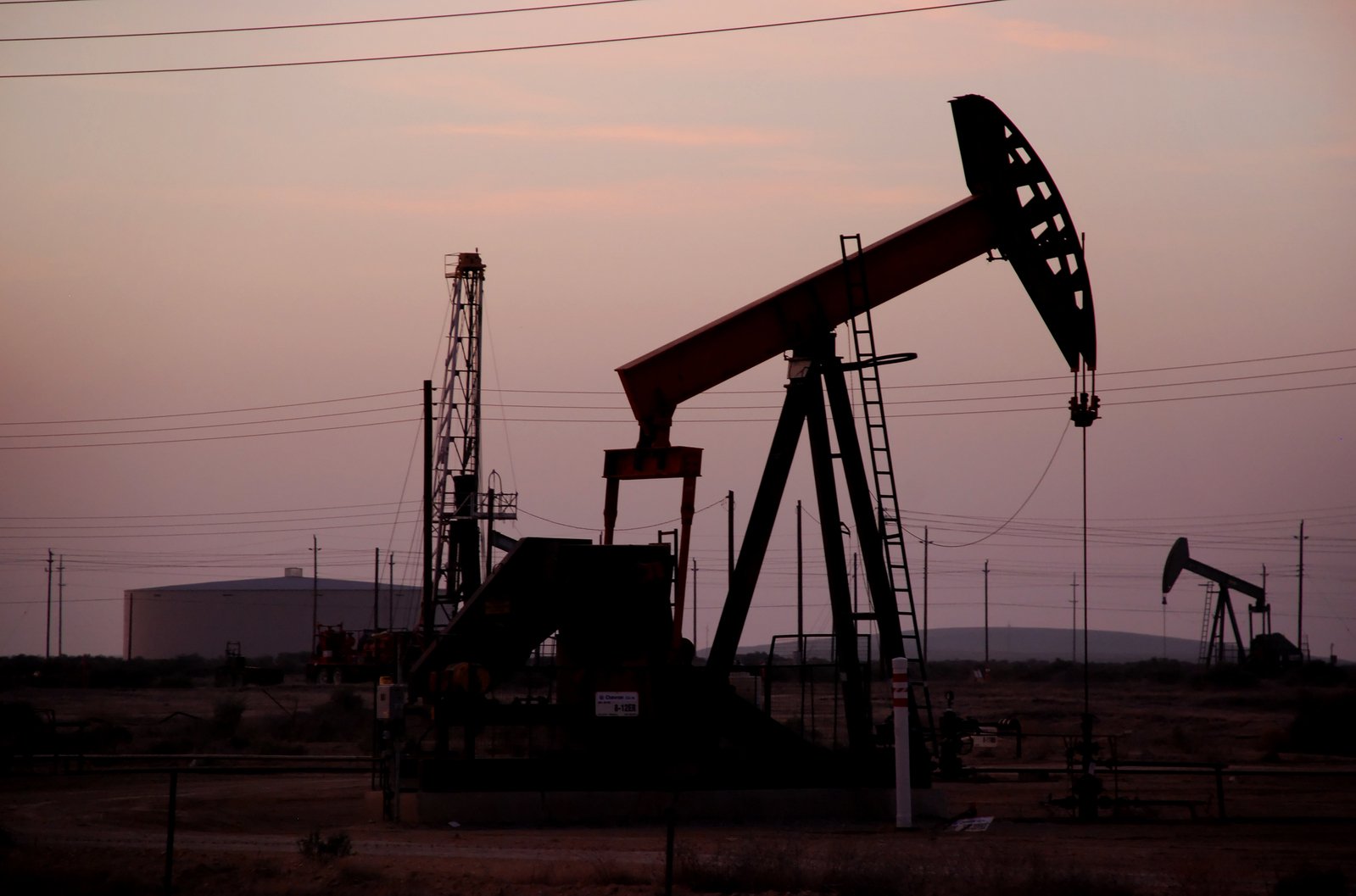West Texas Intermediate crude for May delivery CLK9, +0.89% on the New York Mercantile Exchange rose 49 cents, or 0.8%, to $62.59 a barrel. The U.S. benchmark remains on track for a weekly rise of more than 4%. June BrentLCOM9, +0.76% the global benchmark, gained 33 cents, or 0.5%, to trade at $69.73 a barrel on ICE Europe. Brent is up 1.9% for the week.
Crude had traded in negative territory earlier in the day, but turned higher after a stronger-than-expected rise in March nonfarm payrolls. However, weekly rig count data later in the session from oil-field services firm Baker Hughes may be a more important factor given concerns about “stagnating U.S. shale oil production,” said Phil Flynn, senior market analyst at Price Futures Group, in a note.
“The rig count has fallen four weeks in a row and oil rigs are at the lowest level since April 2018 to 833. Low oil prices have caused many shale producers to cut spending and many are not able to change from cut mode to expansion unless prices go substantially higher,” he said.
Oil has rallied since the end of last year, boosted by production cuts by the Organization of the Petroleum Exporting Countries, led by Saudi Arabia, and its allies led by Russia. WTI is up more than 36% in the year to date, while Brent is up nearly 29%.
Analysts said worries the rise could bring at least a rhetorical response from President Donald Trump could be limiting upside in the near term. The $70 level has appeared to prompt responses from Trump in the past via Twitter.
“There is not sufficient conviction at the moment for it to rise further to above $70. What is more, the risk of another Trump tweet is hanging over the oil market like a sword of Damocles that would come crashing down if Brent were to rise lastingly above the $70 mark,” said Eugen Weinberg, head of commodity research at Commerzbank, in a note.
A significantly higher oil price would make it more difficult for the U.S. government to drive Iranian oil exports down to zero as quickly as possible, Weinberg said. Exemptions from U.S. sanctions on importers of Iranian oil will expire in early May. The U.S. government granted the exemptions in November as oil prices rose in response to tightening OPEC production, which was amplified by Venezuela’s production decline, and anticipation of the Iran sanctions.
“Much the same could be repeated now given that OPEC production is currently approximately 500,000 barrels per day below the second-quarter call on OPEC” estimated by the International Energy Agency, Weinberg said.
In other energy trade, May gasoline futures RBK9, +0.94% rose 1.58 cents, or 0.8%, to $1.9557 a gallon, while May heating oil HOK9, +0.81% was up 1.14 cents, or 0.5%, to $2.0248 a gallon.
May natural gas NGK19, +0.83% rose 1.1 cents, or 0.4%, to $2.654 per million British thermal units.
The United States Oil Fund LP (USO) was trading at $13.01 per share on Friday afternoon, up $0.09 (+0.70%). Year-to-date, USO has gained 8.33%, versus a 8.37% rise in the benchmark S&P 500 index during the same period.
USO currently has an ETF Daily News SMART Grade of A (Strong Buy), and is ranked #1 of 108 ETFs in the Commodity ETFs category.
This article is brought to you courtesy of MarketWatch.

